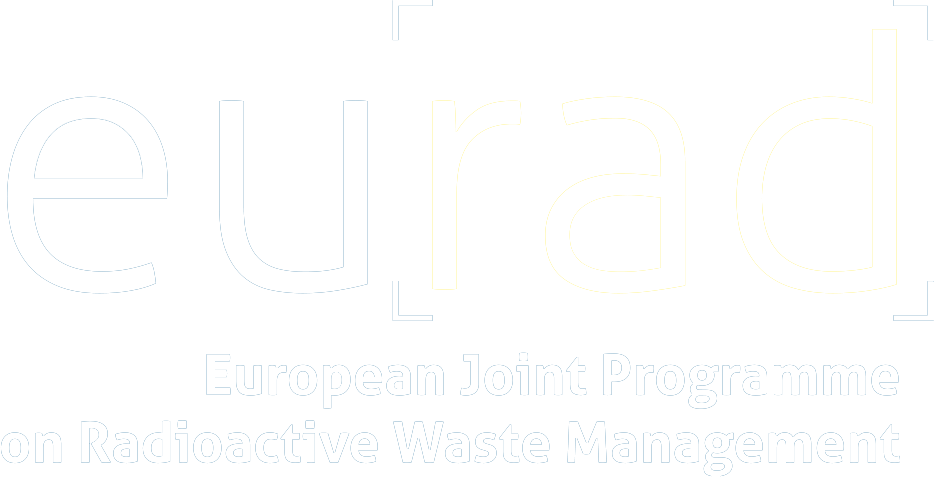Cements feature prominently in most radioactive waste repository scenarios and will likely affect the behavior of dissolved radionuclides. Organic compounds are found in some radioactive waste matrices with a variety of sources and also have the potential to control radionuclide mobility. Despite this, the interactions of cements, radionuclides and organic molecules have received relatively little attention.
Amphos 21 has been investigating the sorption of uranium to hydrated cement phases in the presence and absence of organic molecules (isosaccharinic acid, ISA; adipate; phthalate). Due to the U detection limits of the ICP-MS instrument used (ca. 2 × 10-9 M) there have been difficulties obtaining reliable measurements of uranium solution concentrations.
The purpose of the internship was to facilitate the analysis of uranium in solution in samples using the instruments and measurement expertise developed by the research group of Dr Nathalie Macé at CEA. Dr Macé runs a dedicated trace level laboratory for measurement of radionuclides at the Laboratoire de Mesure et Modélisation de la Migration des Radionucléides (L3MR), CEA Paris-Saclay. Here, U detection limits for the ICP-MS are ca. 1.5 × 10-11 M. The research internship was a 5-day visit to CEA in which he observed, and aided in taking samples and preparing them for analysis via ICP-MS.
As a result of the visit, important results were obtained showing that the effect of organic molecules on uranium sorption to cementitious phases is dependent both on the organic molecule and the solid phase.


